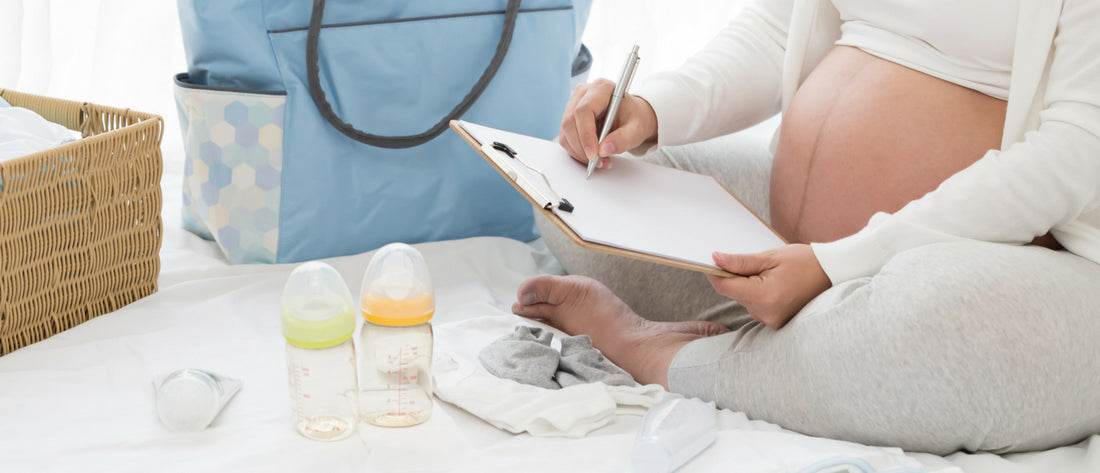The newborn days can be tough, but preparation can go a long way. Since you will likely pump at some point during your feeding journey, I've put together a few pumping tips to know before your baby arrives. As an RN, IBCLC, and fellow mom, I hope these ideas will make your transition into new motherhood a bit easier. Something else to make pumping easier? The new and improved Version 2 of our hands-free pumping and nursing bra! Know any other pumping tips for before baby? I'd love to hear them. Please comment below!
Your insurance company may cover the cost of a breast pump and supplies.
Some parents have no idea that their insurance company could cover most or all of the cost of a new double electric breast pump for each baby. Your insurance may even cover new supplies (tubing, bottles, membranes, and flanges) every few months. Talk to your OB or midwife about getting a breast pump prescription. Then call your insurance company or a breast pump supplier to see what pumps and supplies you qualify for.

If possible, order your breast pump before your baby arrives.
Some insurance companies let you order a breast pump around your 34th week of gestation. This leaves plenty of time for your pump to arrive, and it also allows you time to sanitize the parts and familiarize yourself with the instructions.
There are many options for breast pumps.

There are hand pumps, silicone pumps, double electric pumps, hospital-grade pumps, etc. Do your research to find the best option for you and your family. Ask your friends or the veteran moms in our Facebook Group KindredMamas for advice.
Take your pump with you to the hospital.

Having your pump with you at the hospital during labor and delivery can come in handy. Your pump can be used for nipple stimulation, which helps progress labor. If you and your baby are separated after birth or your baby is not latching well, you can use your pump to provide your baby expressed breast milk. While you are in the hospital, your lactation consultant can go over the proper use of your pump and answer any questions you may have.
Flanges are not one size fits all.

You may have noticed your pump came with dome-like pieces that go over your areola and nipple. These are called flanges. While pumping, your nipple is pulled into the inner cylinder of the flange. Depending on the size of your nipples during stimulation, you may need different size flanges than the ones included with your pump. Having properly sized flanges will help with overall milk output and can help prevent breast tissue damage while pumping. While you are in the hospital, your lactation consultant can assist you with sizing, or you can use this graphic to determine if your flanges are the right size.

Whether you end up pumping infrequently, occasionally, or exclusively, my dream is that these tips will help you feel prepared to begin your feeding journey – and reach and exceed your goals! Read more about pumping and breast milk storage and find other great tips on Pinterest, Instagram, and Facebook.
Be you bravely,
Shantel





